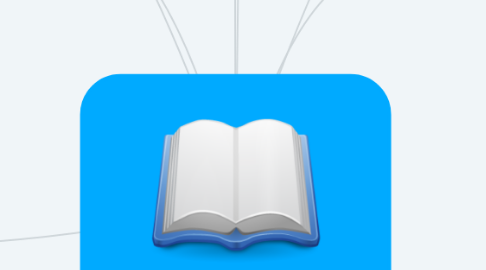Balanced Reading Program
by Melanie McClelland


1. Classroom Atmosphere
1.1. *encourages repeated opportunities to interact with literacy materials and activities to practice skills that students are learning
1.2. *encourages and supports speaking, listening, reading, writing in a variety of authentic ways
2. Time/Structure
2.1. *plenty of opportunities to read/write/listen/speak
2.2. *students explore books of various genres throughout the day (including during science, math, and social studies)
2.3. *time for independent and directed activities
3. Read Aloud
3.1. *set the background summary and bring in real objects to help implant the semantic cueing system
3.2. *begin with a statement that brings you into the story
3.3. *texts are above the reading level of most students
3.4. *teacher models what it looks and sounds like to read
3.5. *promotes oral development
3.6. *students make predictions and actively listen; the teacher asks questions to look for comprehension
4. Shared Reading
4.1. *goals for first reading: ensure that students enjoy the text and think about the meaning
4.2. *students take part in multiple, subsequent readings to notice more about the text.
4.3. *they discuss the text, and you select points based on their needs
4.4. *can read selected parts of the texts that focus on needs of readers
5. Materials
5.1. Student
5.1.1. *student work is displayed on walls
5.1.2. *co-created print on walls and on display
5.2. Professional
5.2.1. *classroom library filled with a variety of multicultural fiction and non-fiction books
5.2.2. *books sorted into bins, book shelves, phone books, dictionaries, menus, recipes, tactile books, adapted materials for students with disabilities
5.2.3. *realia
5.2.4. tables, chairs, rugs, mats, cushions
5.2.5. *daily schedule, word walls, classroom helper list, morning message, signs, directions, labels, anchor charts, alphabet displays, bulletin boards
5.2.6. *iPads, chrome books, games, SMARTboard, slant boards, variety of writing tools, pencil grips
